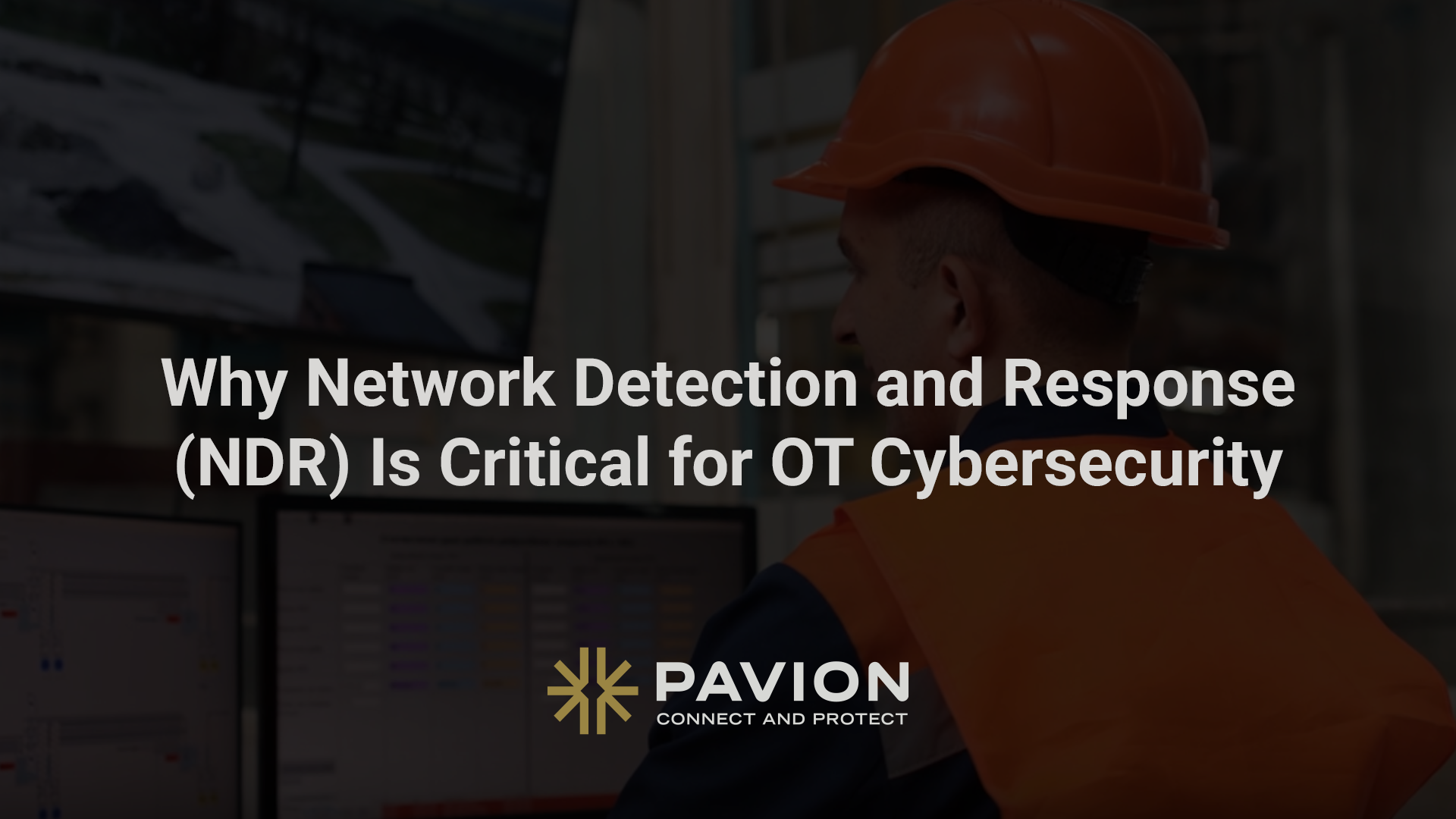
Why Network Detection and Response (NDR) Is Critical for OT Cybersecurity
In today’s interconnected world, organizations rely on more than just traditional IT systems. Critical infrastructure and operational technology (OT) environments—like manufacturing systems, healthcare facilities, and security networks—are increasingly tied into enterprise platforms and the cloud. With this shift comes new vulnerabilities, and that’s where Network Detection and Response (NDR) becomes a crucial safeguard.
Moving Beyond Endpoint Detection
Most enterprises are familiar with Endpoint Detection and Response (EDR), which monitors what happens on a workstation or server. While EDR is effective in IT environments, OT systems often don’t have the capacity to run these extra programs. Devices like cameras, controllers, and sensors are purpose-built, leaving little room for ancillary security tools.
This makes them potential targets—attackers can install malicious applications without worrying about system performance. NDR fills the gap, monitoring network traffic at the aggregation points and detecting unusual behavior before damage is done.
Why OT Networks Need NDR
Unlike office IT networks where devices come and go, OT environments are static. The network topology is predictable—your CCTV camera should only be talking to its recorder or a workstation, not sending terabytes of data to an unknown server.
This stability makes NDR especially powerful. By continuously monitoring traffic flows, NDR can quickly spot anomalies, misconfigurations, or signs of compromise, all without disrupting operations.
Cloud Integration: Growth and Risk
Today’s OT systems are no longer isolated islands. They connect with:
- Cloud video archiving
- AI-driven anomaly detection
- Smart manufacturing platforms
- Enterprise cybersecurity systems
These integrations unlock tremendous value but also create new attack surfaces. NDR provides the visibility and intelligence needed to secure this expanded ecosystem.
Compliance and Regulatory Drivers
Governments and industry frameworks now recognize the importance of NDR:
- NIST Cybersecurity Framework, NIST 882, ISA/IEC 62443 → emphasize continuous monitoring and anomaly detection.
- NIS2 Directive (EU) and FERC Order 887 (US) → mandate visibility into OT network traffic, with FERC specifically calling for monitoring inside trusted OT zones.
By adopting NDR, organizations not only protect themselves but also stay aligned with global compliance standards.
The Bottom Line: Visibility Is Security
In integrated industrial environments, NDR is no longer optional—it’s essential. It uncovers hidden threats, lateral movement, and misconfigurations, giving organizations the insight they need to remain secure, compliant, and resilient.
At Pavion, we help enterprises connect and protect by bringing advanced solutions like NDR into your OT cybersecurity strategy.
👉 Ready to strengthen your OT security? Contact Pavion today

